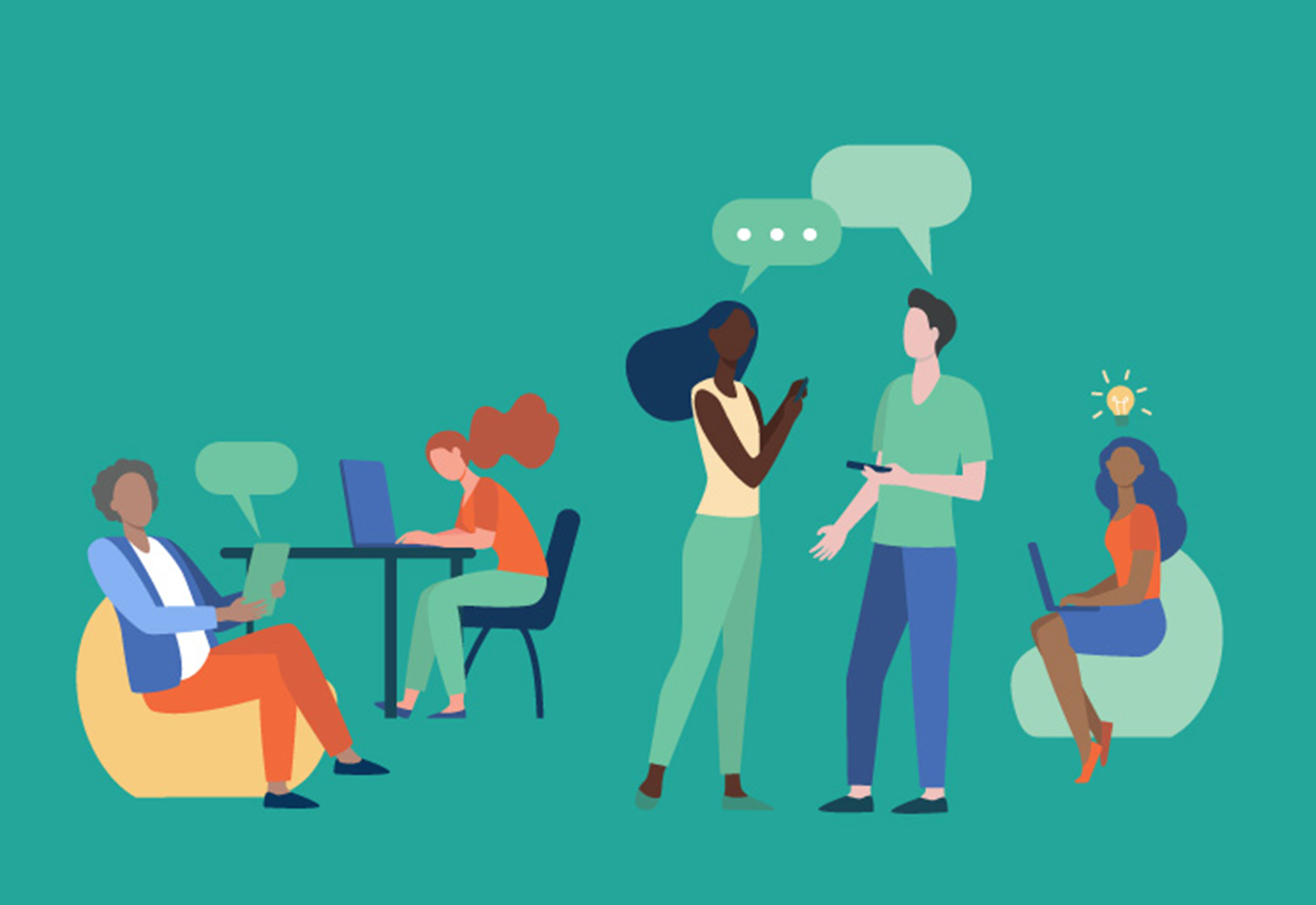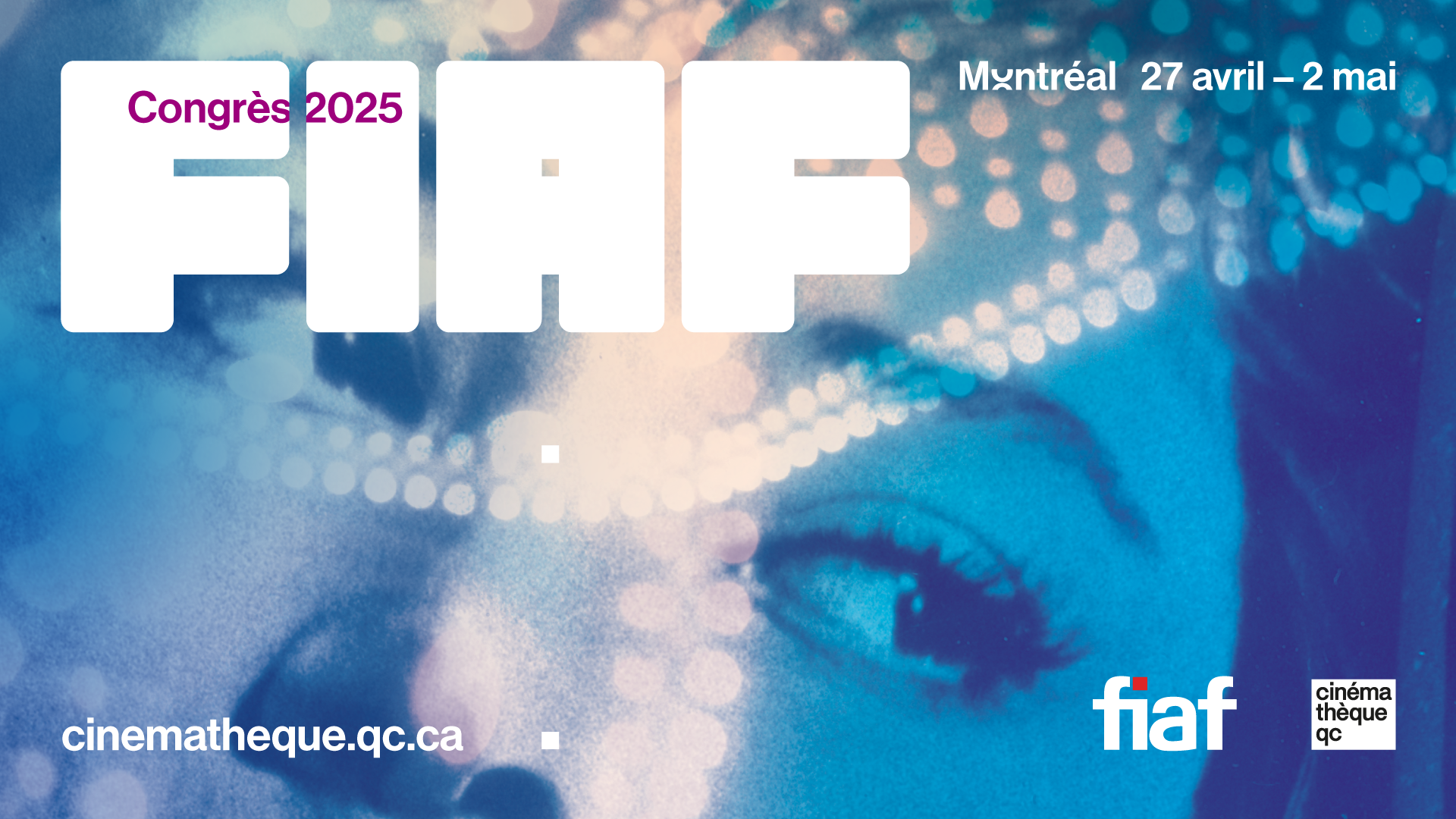A significant amount of time and money goes into the development of digital experiences from strategic planning and project management, to content development and marketing. In light of the impact of COVID, this investment is well worth it. The general public has access to museum’s online learning and programming at an unprecedented scale.
Nearly 50% of museums that joined the CultureConnect platform in 2020 launched their first digital project with us.
Nearly 50% of museums that joined the CultureConnect platform in 2020 launched their first digital project. This new wave of first timers helped to transform the way we as a company educate and communicate digital interpretation, project management, and lessons learned. It also helped to confirm that no matter how many times you launch a project, there are some essential pillars upon which a project should be built.
Whether it’s your first time or your 100th time, we wanted to share the three essential tenets of launching a successful digital project at your museum in 2021.

#1 Community Distribution & Access
The Audience
If a digital interpretation project is to be launched, it is always in the service of an audience. For many institutions, this audience includes their local community and aspirationally, a larger national audience. In some cases, the audience is much more targeted – this is common when serving children, academic researchers, international scholars, and many more nuanced groups of people invested in your site’s programming, collections, exhibitions, and goings on.
Many museum professionals know instinctively who their visitors are but many assumptions can be baked into this understanding and so first and foremost we recommend that museum teams have an open and frank conversation about their audience.
Some guiding questions:
- Who is our existing audience?
- Who is our aspirational audience?
- Who is our priority?
- Why are they our priority?
Why is identifying your audience so important?
Once you identify your target audience, you can ask and seek answers to deeper questions, for example: what types of histories and personal stories are they interested in hearing? What format is popular with this group? What types of programs would they pay a fee to attend virtually?
Here are some in-depth resources and videos on marketing & distribution tactics:
Access
Within your audiences, there are a spectrum of needs which can help lower barriers to engaging with your museum’s digital content. Identify, prioritize, and task those barriers out to team members to evaluate solutions and choose the approach most suitable for your team’s budget and time resources.
For blind, low vision, or, really all users, here are some good places to start:
- Alt Text for screen readers
- Color contrast best practices for everyone
- Audio transcriptions
Language
Translations of written and multi-media content can help serve your institution’s multilingual communities. Translations help welcome people whose first language is not your local language, while also opening up your institution to an international audience.
Translations can vary but there are solutions available at all price points. Custom translations crafted by a content creator in partnership with a native speaker will get you high quality translations that are sensitive to cultural context as well as collection context. These engagements require more investment but if you’re planning translations related to the museum’s permanent collection, the investment offers a long-term solution for communicating with local communities and there are many grants available each year to help broaden access to permanent collections.
Check out best practices from our project with Bell Museum
If translation budgets are limited or non-existent, there are free tools like Google Translate available with a quick internet search. Many clients have opted to generate translations through Google Translate and then seek feedback from native speakers. Tap into local community groups to see if residents are interested in participating in the translation or offering up their opinion of the final result.
Distribution
Digital distribution is truly essential to a successful digital project launch. Getting digital content in the hands of new and existing audiences is simple when done right, but is often an afterthought. If you want to ensure your audience has seamless access to your digital project, then it must be a high priority conversation from the beginning. Include visitor services, IT, web managers, and any other museum team members that can help identify technical obstacles early in the project.
Two tactical, practical resources:

#2 The Feedback Loop
Once you’ve launched your digital content, tracking audience preferences and feedback is key to making this project last. Creating opportunities for visitor feedback should not be an afterthought. Again, thinking through who your audience is, what type of content they’re likely to provide, and how they are likely to share that feedback will help your team make it easy for audiences to share and feel heard.
Where to Collect Feedback
The simplest answer is to always create a feedback opportunity in the same place that the user is engaging with the content. Their presence in your app, website, social media platform indicates they enjoy and feel comfortable on that platform so leverage this comfort while you have their attention!
For example, at the end of a mobile tour, scavenger hunt, or online exhibition, add a page where users can share their feedback without having to exit the app or website. Users are unlikely to navigate to a second site or app unless they’ve had a very bad or *extremely* good experience. While you certainly want to hear about those experiences, you don’t want to lose all of the other feedback and skew your results.
When your community sees their feedback and requests manifested in your public offerings, they feel invested in the museum itself.
There are also passive approaches to collecting feedback. For example, analytics provided by your website or app platform can show how your audience is spending their time in the app while engaging with your content and where they are choosing to click.
In the CultureConnect platform, you can see how long users spend in each experience, on each page, and where they abandon the app in addition to many other metrics. This is a great way to measure content performance across your applications.
What Type of Feedback?
Audiences have a diversity of preferences for consuming media but this also goes for their comfort level when creating and sharing their own content. Give visitors a diversity of ways to share their reactions and suggestions.
- Open Form: leave a place for users to share their general impressions. Some members of your audience will have specific and well thought-out feedback and criticisms that can help you identify issues that a shorter form will miss.
- Prompts: if you’re seeking specific data points from users, get right to it and ask them the questions you need answered. If not, prompts are still helpful as they can help users think through their experience – not everyone has an immediate reaction, prompts can assist with the visitor forming their feedback.
- Voting: offer up a list of questions and let your audience vote on each – instead of users having to articulate feedback for each question, they can simply vote and move on to the next question.
- Rating: like voting, this is a simple way to get someone’s high-level reaction using a simple five-star rating system.
Write It Down
Whether you’re tracking feedback through analytics, in-app feedback systems, or via onsite observation and surveys, make sure your audience and visitor feedback is all being collected in one central place. CultureConnect’s platform offers a centralized data dashboard if you’re using our modules for forms, voting or rating.

#3 Growth Plan
And finally, digital project success is rooted in planning for short and long-term maintenance and technical sustainability. Always understand the path forward for implementing your visitor and audience feedback, adding new content, and growing your digital project over time.
Iteration is a buzzword for a reason! Successful digital projects are those that can adapt. Your live app in the hands of your audience is the best way to fine tune your digital content.
When planning your digital project, speak with your vendor to see how it supports ongoing design, navigation, and content edits. Is your team able to make updates for free without vendor guidance? Will there be fees? Apps, websites, and digital programs are living projects that need to be able to respond to your audience feedback as well as your museum’s evolving content.
Community
The impact of receiving and implementing your audience and visitor feedback is not just for fine tuning content or design. The process matters and serves to reinforce your commitment and investment to your audiences by bringing them into the creation process.
When your community sees their feedback and requests manifested in your public offerings, they feel invested in the museum itself. This in turn promotes more transparent and open communication which can help draw museums and their audiences together.
Have follow up questions or want to let us know we missed something? Let us know!




